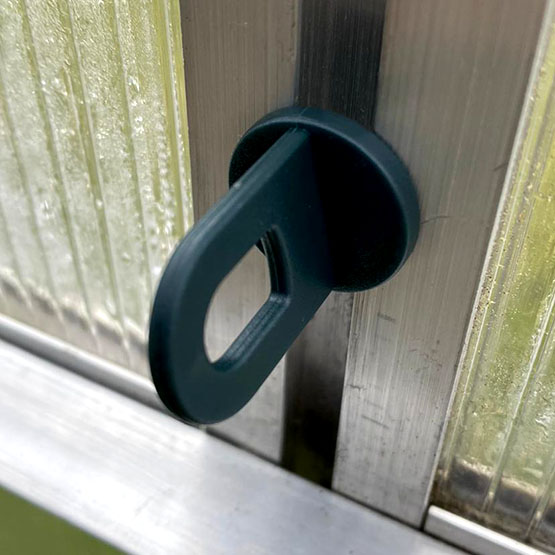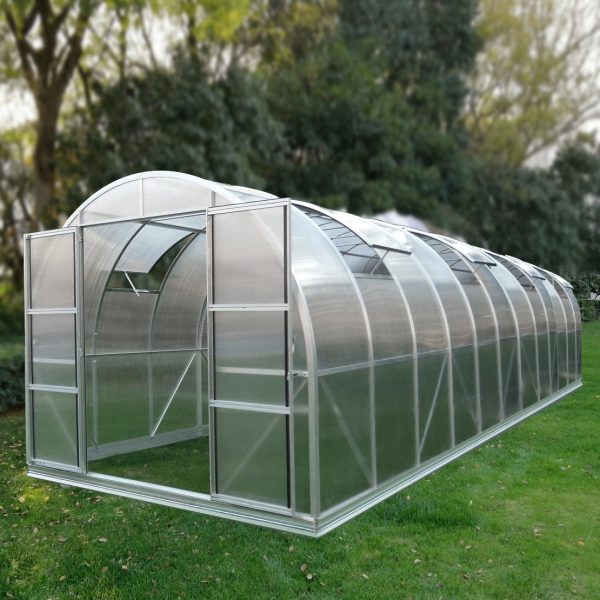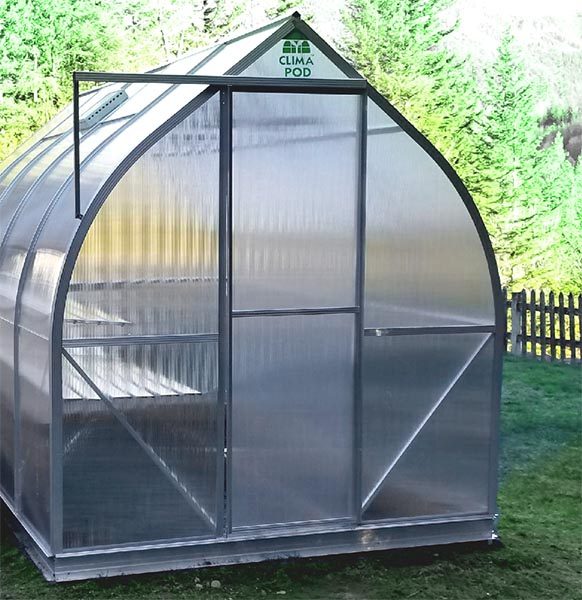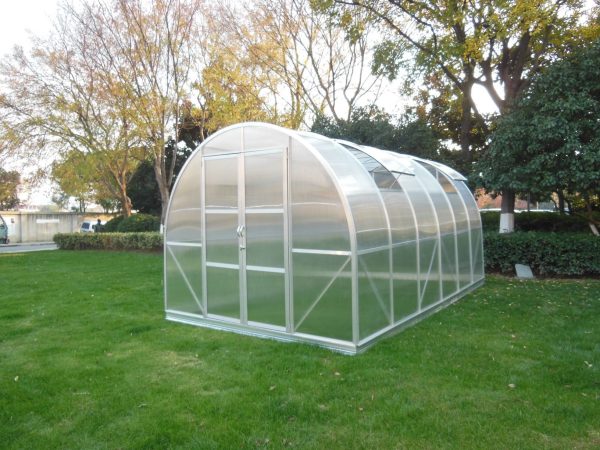If you’ve just invested in a greenhouse and are just getting your feet wet, you probably want to start with plants that are more resilient and easier to manage. Unless you already have experience with certain plants and are feeling confident enough to take on a challenge, we have a couple of suggestions that could help break you gently into greenhouse gardening.
Strawberries

Strawberries are a good candidate to choose for your first greenhouse. For one thing, your efforts will be well-rewarded. Who doesn’t like a juicy, succulent, sweet strawberry? With a little care and dedication, that’s exactly what you’ll get .
Strawberries need rich soil with organic material. You’ll want to make sure you plant them in soil that drains well, and whose temperature can be regulated. Given that strawberry roots don’t run deep, it is probably a good idea to use drip irrigation. Irrigation by sprinkling is also possible but with that method, you make the roots more susceptible to rotting and run a higher risk of exposing them to diseases. Also ensure that you get your seedlings from a trusted supplier to ensure they come disease-free in the first place.
Rosemary

Another good plant to start your greenhouse with is rosemary. It is an evergreen plant that is relatively easy to care for. Make sure you maintain a warm temperature. Rosemary doesn’t do well in the cold and will not survive sub-zero temperatures. Give the plant between six and eight hours of sunlight. Potting the herb is a good idea since it makes it easier to move them around in case sunlight shifts, and also to manage the soil drainage. This herb likes to be watered thoroughly, but you have to let the soil dry out before you water it again.
You also want to periodically prune rosemary to help it thrive. The general rule is that you shouldn’t cut off more than a third of the entire plant. Make sure you also change pots annually to ensure the roots have space to grow.
Spinach

Spinach is one of the easiest vegetables to grow in a greenhouse. It is not seasonal, and will be fine even in lower temperatures. Like most leafy vegetables, a good amount of sunlight and some light shade will do, just make sure the soil temperature doesn’t get too hot. 70ºF is a good limit to set. As your seedlings grow, thin them to ensure the plant has enough room. When they are ready, you can pluck the outer leaves and leave the inner ones to grow.
Lavender

Staying on the theme of fragrance, lavender is another excellent plant for your new greenhouse as it doesn’t require much watering or fertilizing. This lovely fragrance is not just pleasant to have in your greenhouse, but it also attracts insects like bees and butterflies. This is useful if you have other plants that need cross pollination in your greenhouse. This is a drought-resistant plant, so soil fertility is not very critical. You need plenty of sunlight though, and well-drained soil for your plants to thrive.
Carrots

Carrots need lots of light, and loose soil with enough organic matter. Apart from that, there really isn’t much else as this is not a demanding plant. An inch of water per week and your plants will be happy, and fairly warm temperatures (around 55 degrees Fahrenheit at night, and 75 during the day).
You can pot them if you like, as long as the soil is kept loose as this helps prevent splitting. You also want to generously space them so the roots don’t get deformed. This might mean getting rid of some of them as they grow. Don’t throw them away though. The small ones you remove can still be used in many different recipes.
Green Onions

Green onions are resilient and will do well in different conditions, including cooler temperatures. Six hours of direct sunlight will do them lots of good, but they are fine in the shade as well. Loam soil with good drainage will get you better results. You can help things along with some nitrogen-rich fertilizer. In general, it’s hard to get things wrong with onions, making them a good first plant to start your gardening journey with.
Zucchini

The manual for zucchini is fairly simple – soil that is well-drained but kept moist with regular irrigation of about an inch a week, mulching to keep roots aerated and enhance moisture retention, and diligently keeping weeds out. When flowers start to appear, ensure that pollination occurs. You could do it yourself using swabs, or have plants nearby that attract pollinators like butterflies and bees.
Tomatoes

Tomatoes can be grown all year round with the right type of care. Some varieties are quite sensitive, so make your choice wisely. They need lots of sunlight and will do well in warm temperatures – typically between 70°F and 75°F. Space them at least 40 cm apart and plant at a depth of about a centimeter. Depending on the variety they can grow as a bush in a pot or basket, or can be staked and grow tall.
Cucumbers

One thing you might not know about cucumbers is that they are technically fruits. They are fairly easy to grow – just keep them around 53 -59°F, water regularly but lightly, and support them on a stake or a wire. It’s a good idea to add rich compost to help improve your harvest.
Cherries

Cherries, given that they don’t require a lot of space, are great for greenhouses. The can be potted and are self-pollinating. You only need to fertilize them once a year and in the meantime, pay attention to caring for them by pruning, removing fallen leaves, and maintaining good ventilation. The only downside is that it can take up to 3 years for you to get a good harvest. But it’s well worth the wait.
Bottom Line
After finally setting up your greenhouse, choosing your first crop, or group of plants can be a daunting task. But at the end of the day, with the right information, and a little care and dedication, you can hit the ground running and get an impressive harvest. Plant something you like, stay motivated throughout, and enjoy the journey. Whatever happens, it will be a fantastic learning experience for you. Hopefully, at the end of the day, you get a bountiful harvest too. With the plants that we have suggested, the chances of that happening are much better.






